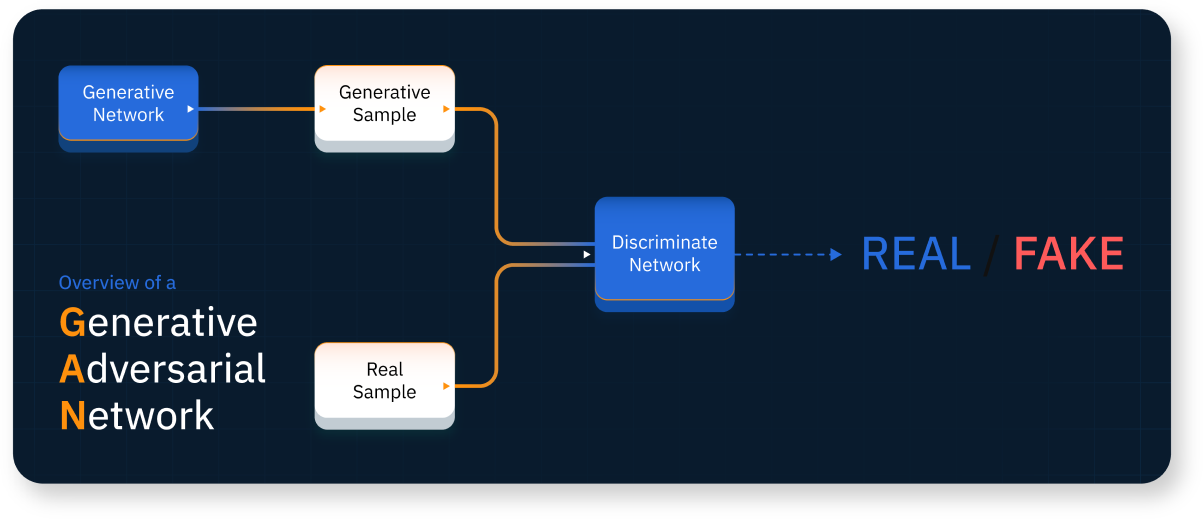Aurich Lawson | Getty Photos
You might have heard a couple of new password cracking instrument that makes use of synthetic intelligence to compromise passwords in seconds. Some have referred to as it “terrifying,” “worrying,” “alarming,” and “savvy.” Others have claimed that the instrument can crack any password with as much as seven characters, together with symbols and numbers, in underneath six minutes.
Nonetheless, like many issues involving AI, the claims have a beneficiant portion of smoke and mirrors. The instrument, referred to as PassGAN, performs no higher than conventional cracking strategies. Briefly, something PassGAN can do, these extra dependable instruments can do higher. Moreover, the researchers behind PassGAN provide password recommendation that undermines actual safety, identical to different non-AI password checkers that Ars has criticized previously.
Educating a machine to crack
PassGAN stands for “Password” and “Generative Adversarial Networks.” It’s an strategy that debuted in 2017, utilizing machine studying algorithms working on a neural community instead of typical strategies devised by people. These GANs generate password guesses by processing the spoils of earlier real-world breaches and studying the distribution of passwords autonomously. These guesses are then utilized in offline assaults that develop into potential when password hash databases leak because of a safety breach.

An summary of a generative adversarial community.
Commercial
Typical password guessing makes use of phrase lists that quantity within the billions, taken from earlier breaches. In style password-cracking purposes like Hashcat and John the Ripper then apply “mangling guidelines” to those lists to allow variations on the fly.
The mangling guidelines remodel phrases like “password” into variations akin to “Password” or “p@ssw0rd,” despite the fact that the variations by no means seem instantly within the thesaurus. Passwords akin to “Coneyisland9/,” “momof3g8kids,” “Oscar+emmy2,” “k1araj0hns0n,” “Sh1a-labe0uf,” “Apr!l221973,” “Qbesancon321,” “@Yourmom69,” “ilovetofunot,” “windermere2313,” “tmdmmj17,” and “BandGeek2014” are examples of real-world passwords cracked utilizing mangling guidelines. Though these passwords might look like sufficiently lengthy and complicated, mangling guidelines make them extraordinarily straightforward to guess.
Clusters focusing on parallel computing run the foundations and lists. This implies they will carry out repetitive duties, like producing huge numbers of password guesses, a lot quicker than CPUs can. Poorly suited algorithms make these cracking rigs able to remodeling plaintext phrases, like “password,” right into a hash, akin to “5baa61e4c9b93f3f0682250b6cf8331b7ee68fd8,” billions of occasions per second.
One other approach that makes phrase lists far more highly effective is a combinator assault, which mixes two or extra phrases from the record. In a 2013 train, password-cracking knowledgeable Jens Steube recovered the password “momof3g8kids” as a result of he had “momof3g” and “8kids” in his lists.
Password cracking additionally depends on brute drive, which tries each potential mixture for a given size of password. For passwords as much as six characters, it begins by guessing “a” and runs by means of each potential string till it reaches “//////.”
The variety of potential combos for passwords of six or fewer characters is sufficiently small to finish in seconds for weaker hashing algorithms, akin to people who appear to align with House Safety Heroes’ imaginative and prescient in its PassGAN writeup.
Originally posted 2023-04-23 04:02:50.